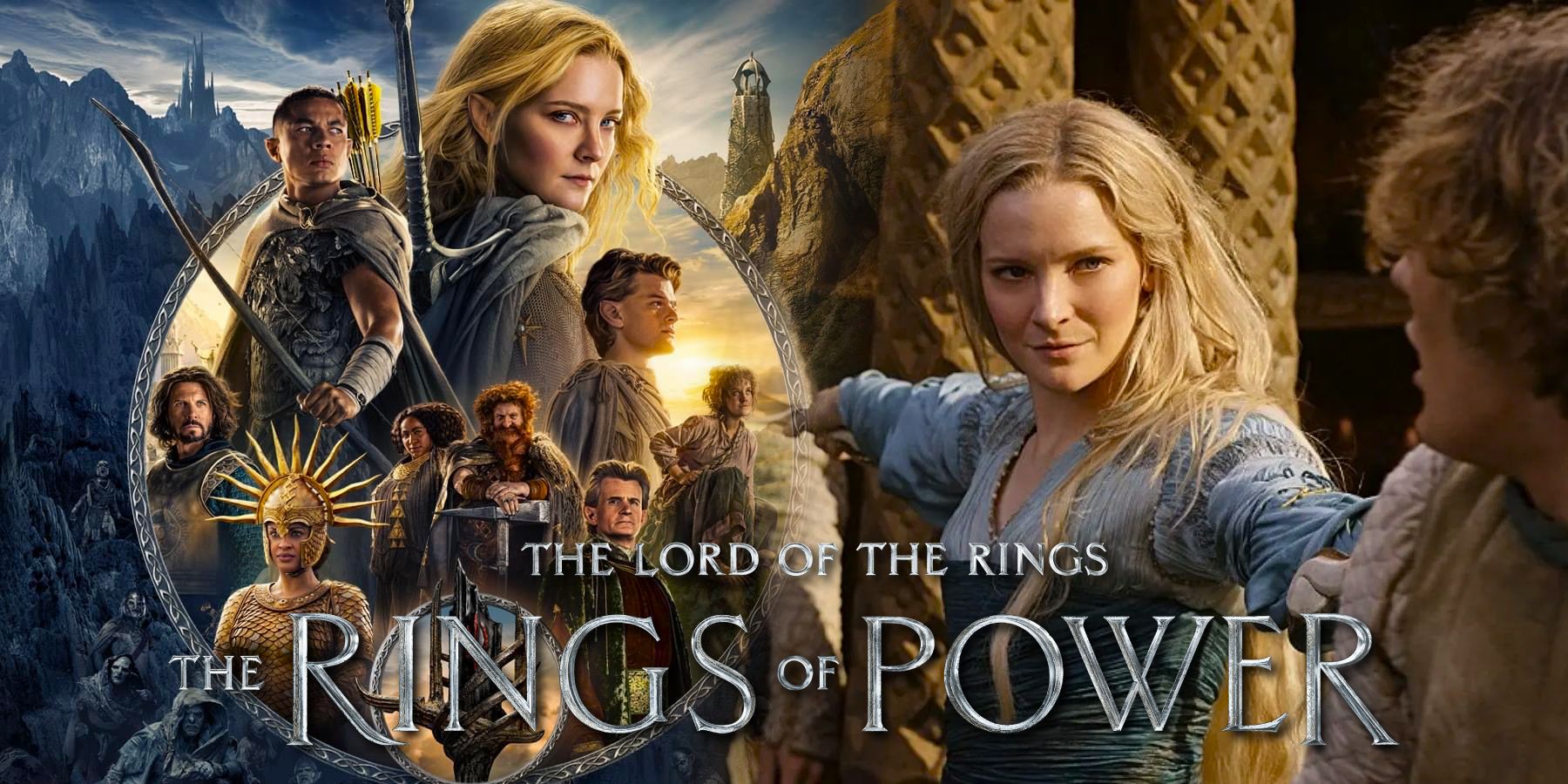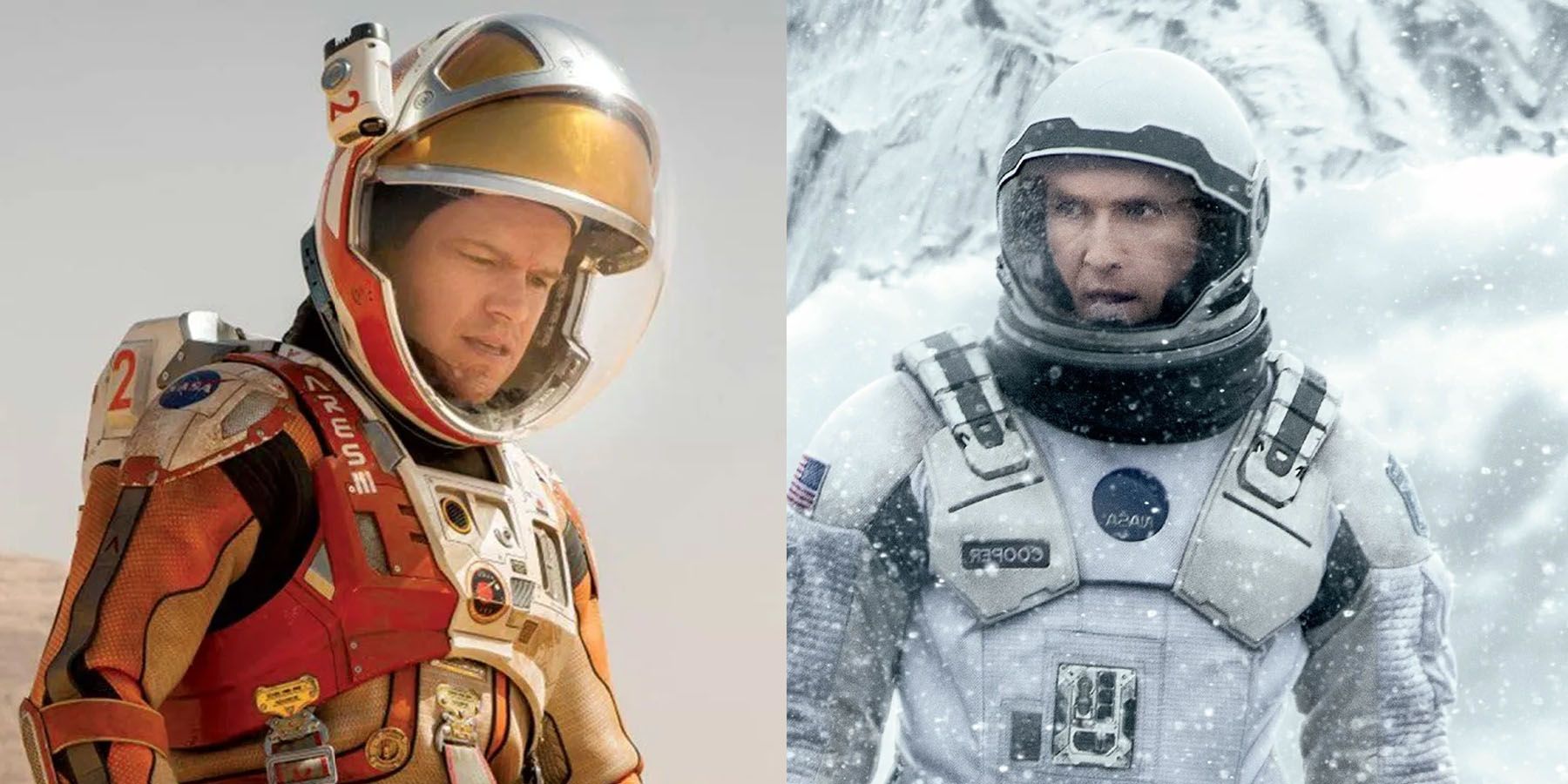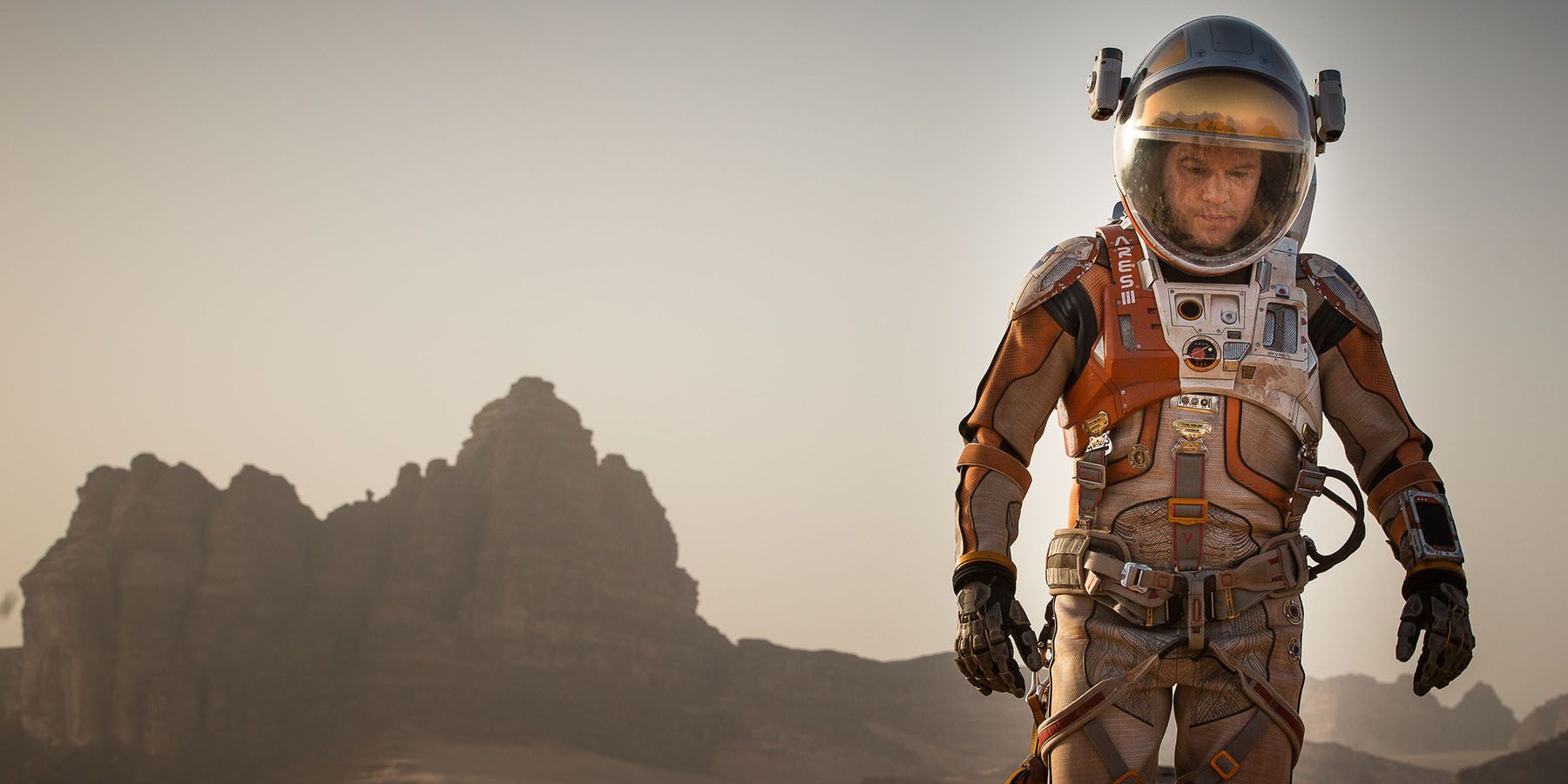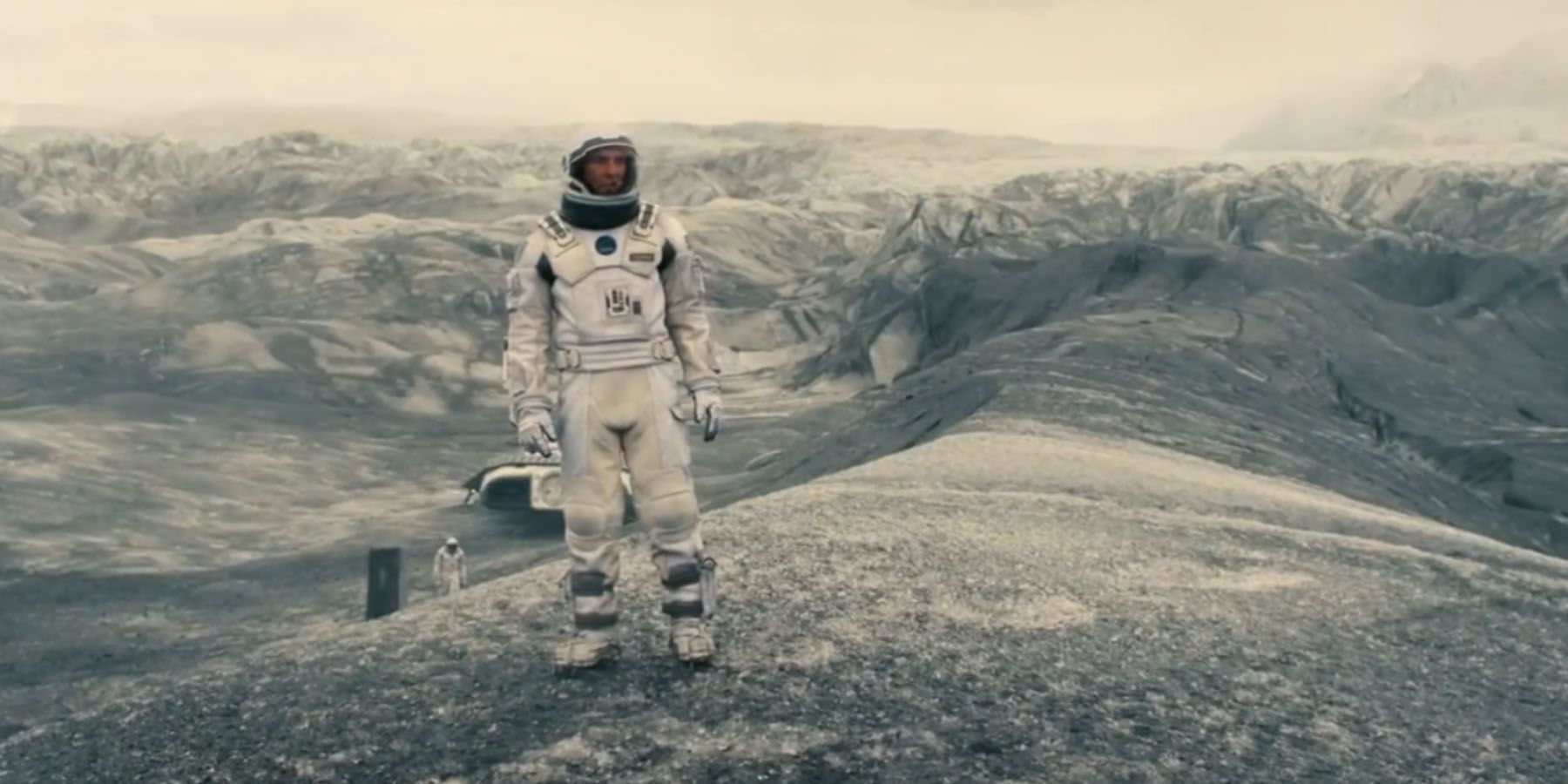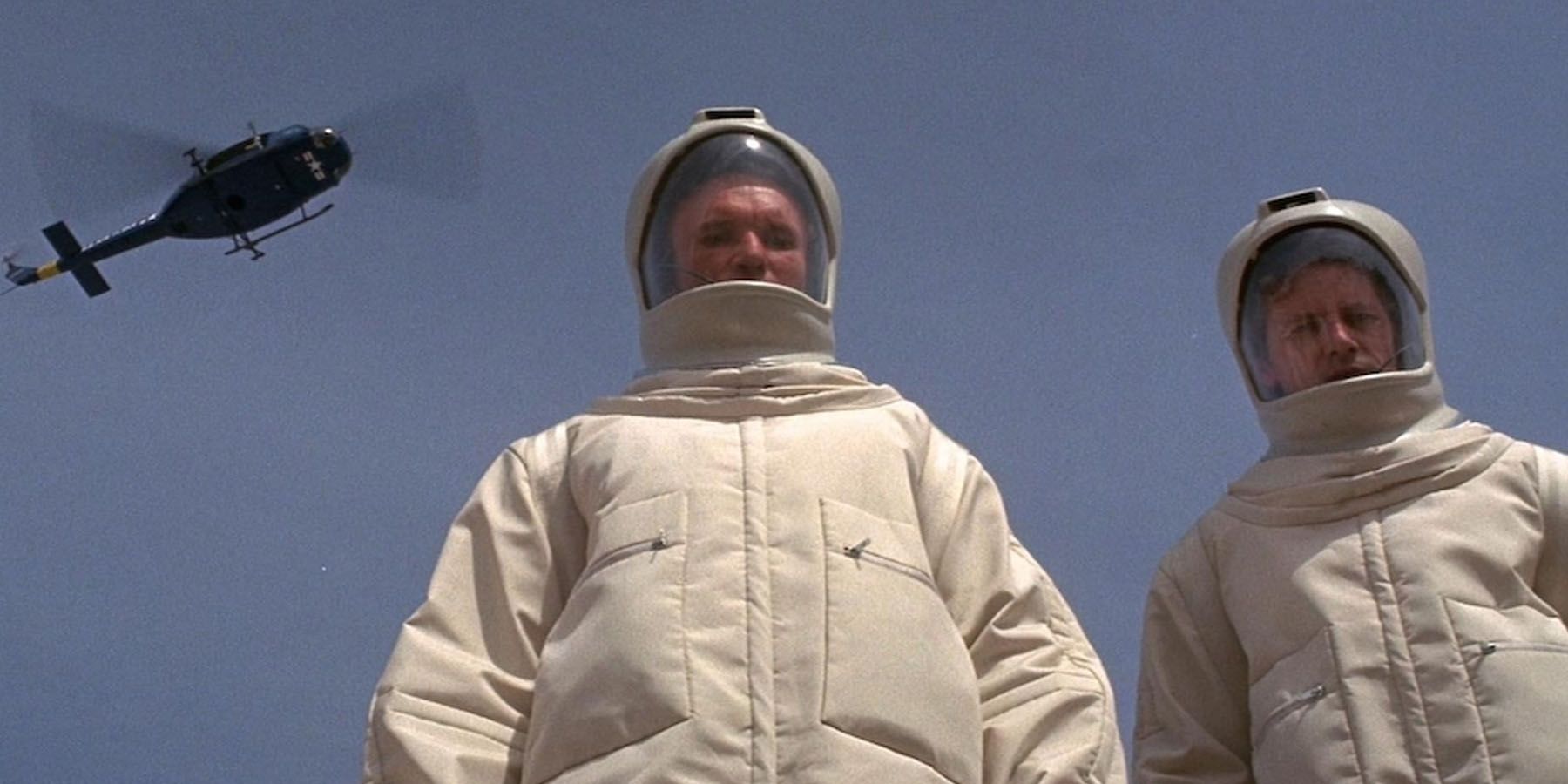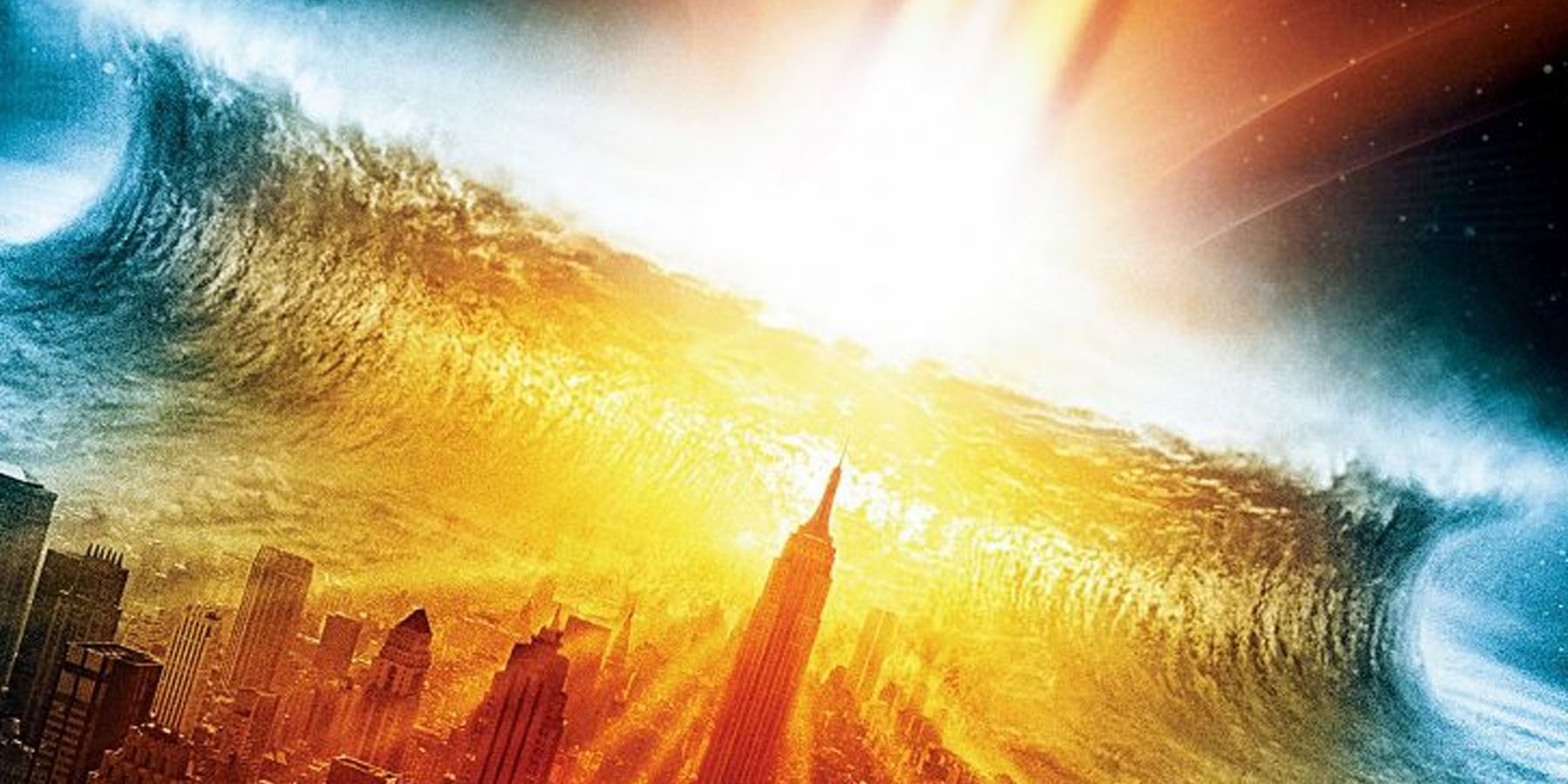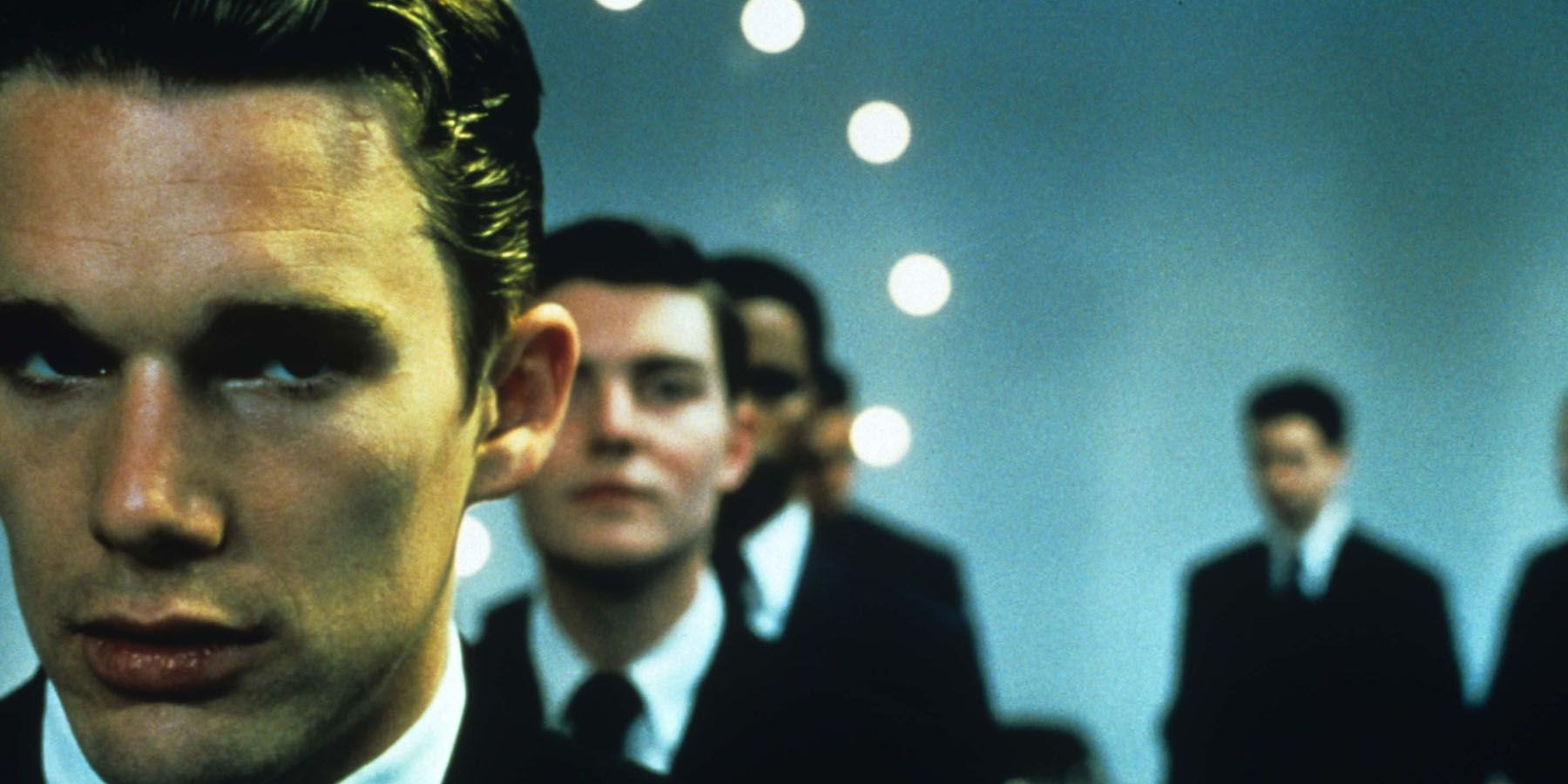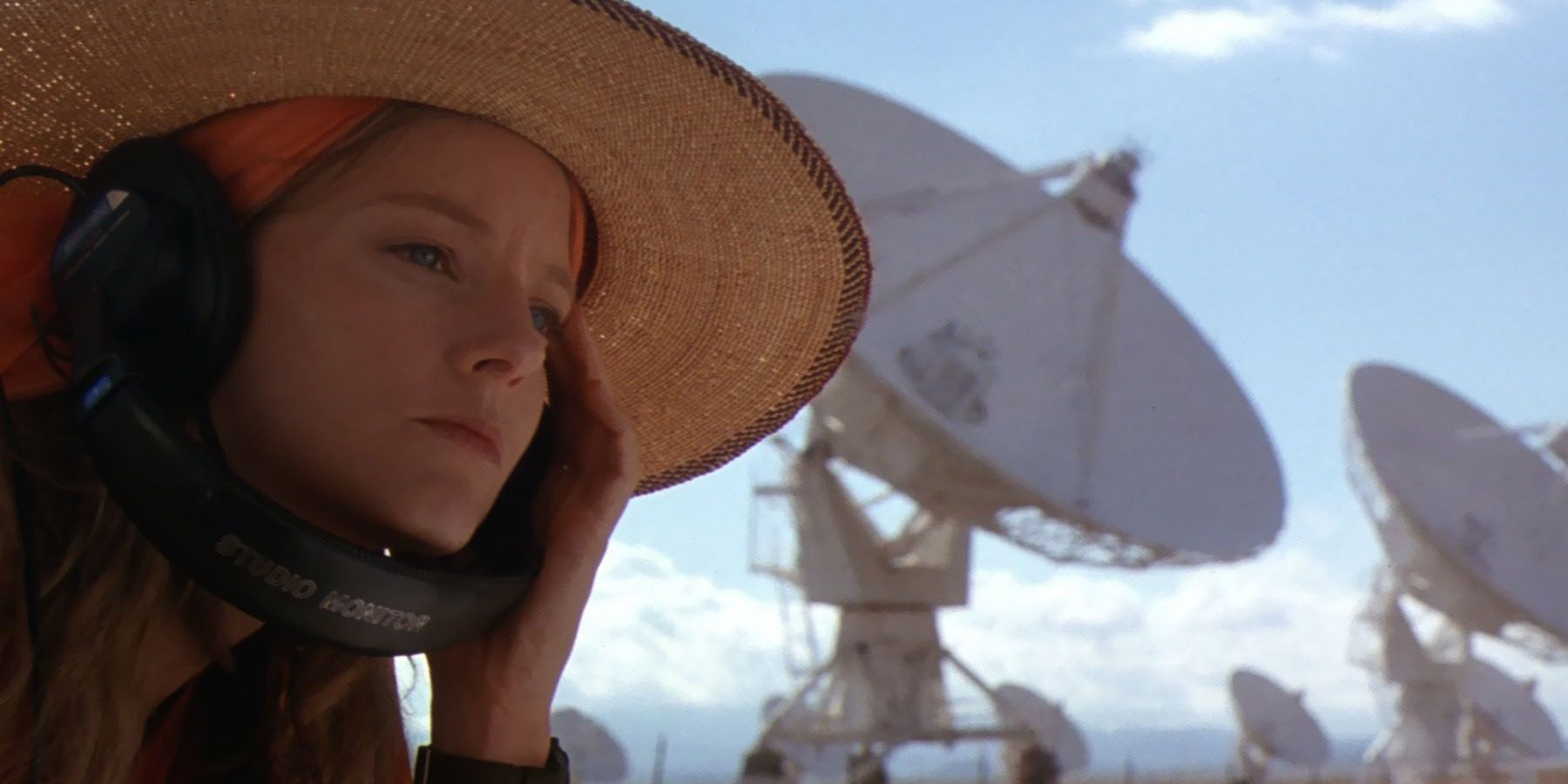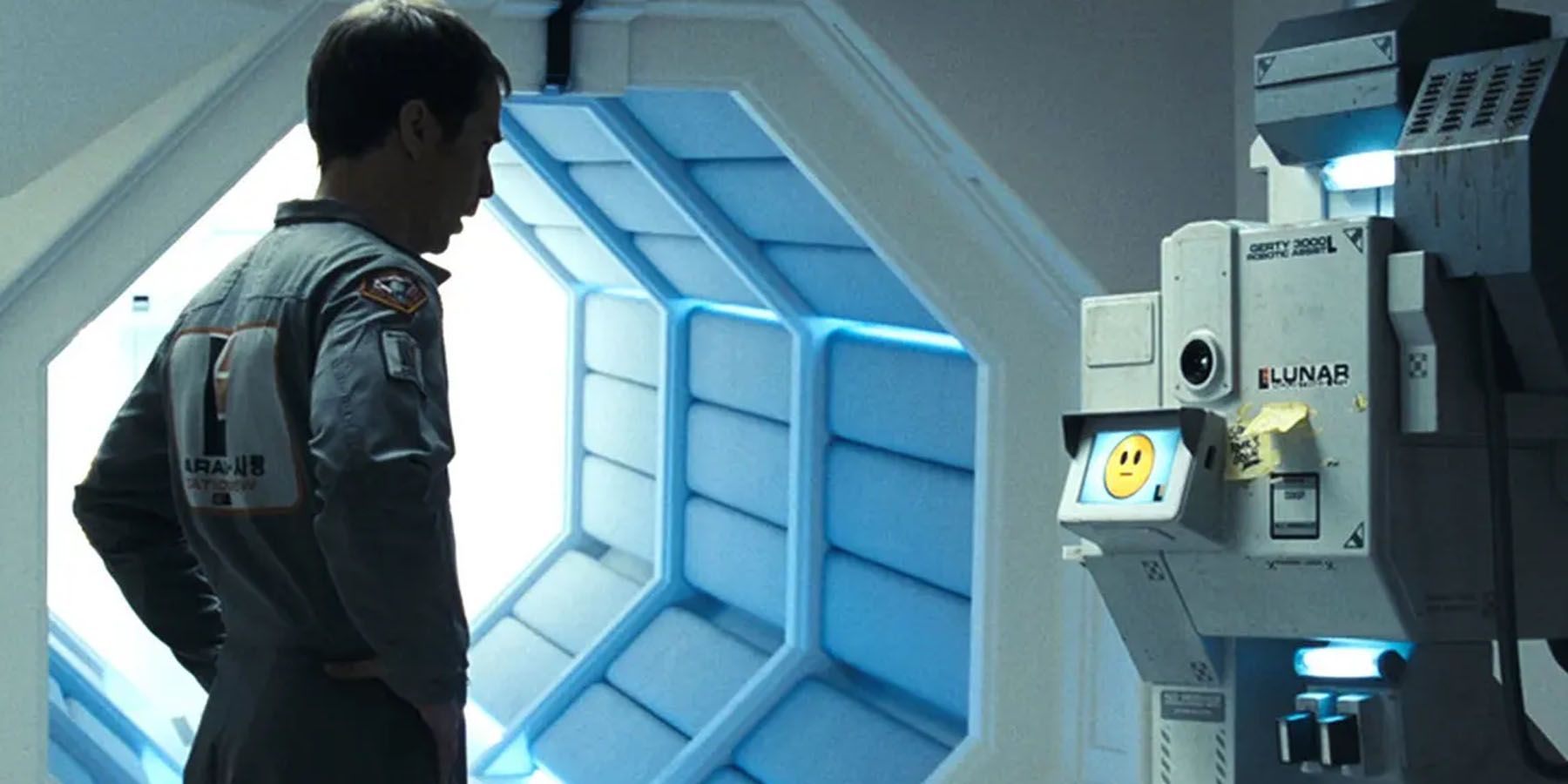Of all film genres, it’s probably science fiction or sci-fi that allows both creators and viewers to explore the fullest extent of fantastical scientific ideas - from picture-perfect utopias, futuristic technologies, planetary exploration and even wonky concepts like time travel and superpowers. And given the “fiction” part of the genre, it’s such a sight to behold when these films go all out with pulling off fantastical science ideas.
However, it’s always such a cause for intrigue to watch whenever a sci-fi film tackles a science concept with a particular degree of accuracy - especially when the concepts themselves have some sort of backing from consultants. Just which sci-fi movies that have surprisingly accurate science turn out to be must-watch hits?
8 The Martian (2015)
Despite the marvelous idea of being settlers on a far-off planet like Mars, it’s terrifying that any form of rescue in disasters can be years or decades away. Such is the struggle of The Martian, which depicts how astronaut Mark Watney, presumed dead after an accident, is left by his comrades who took off after evacuating a sandstorm. Having to survive by himself until the next mission in four years, Watney has to use his wits and training to outwit the deadly Martian atmosphere.
In a new take on the survival sub-genre, The Martian uses science-backed techniques of Watney’s various survival attempts. While they aren’t “tried” in real life, they are all theories that would have to be tested in future planetary missions. These include combining biowaste and Martian soil to create a garden, tinkering with existing probes to establish visual contact, and with Earth’s crew using concepts such as gravity “slingshotting” to provide faster propulsion for the resupply mission to aid Watney.
7 Interstellar (2014)
When Interstellar was released in 2014, it quickly sparked attention for how it possibly became an extremely accurate take on black holes, to the point that it’s become teaching material for some classrooms. Its story follows a team of NASA astronauts in 2067 as they journey to a wormhole near Saturn that apparently leads to a distant galaxy with 12 potential new Earths - an essential journey, considering dust storms and crop blights have begun threatening humanity’s survival. Thing is, these new worlds are near a supermassive black hole, known only as Gargantua.
Director Christopher Nolan worked with California Institute of Technology professor Kip Thorne when fleshing out the concepts used in the film. These consultations pertain especially to wormholes and relativity. As a result, a large part of the story’s drama that involves time dilation has become just as equal high points with its scientific accuracy.
6 The Andromeda Strain (1971)
Based on the 1969 book of the same name, The Andromeda Strain tells the story of a team of scientists who investigate a deadly organism that caused the deaths of most citizens residing in a town in New Mexico just after the crash of a US government satellite. As scientists investigate the organism, it’s soon discovered that the organism has extraterrestrial origins that, if left unchecked, may soon threaten all life on Earth.
While the odds of discovering an extraterrestrial virus are currently low, the current melting of permafrost from polar glaciers today can pose a threat to modern society given its implications. After all, frozen permafrost from a million years ago may contain ancient viruses and organisms that modern science is unequipped to deal with, akin to being bordering extraterrestrial in terms of unfamiliarity.
5 Her (2013)
The film Her made waves in its 2013 release due to its depiction of an “impossible” romance, that between the lonely writer Theodore Twombly and “Samantha,” an AI-empowered virtual assistant that came with a software update. Fascinated by the idea of a “learning” virtual assistant, Twombly soon forms a “connection” with Samantha, and their encounters soon dabble on the moral, psychological, and societal impact of superintelligences “evolving” to have personalities.
While the idea of AI reaching “singularity” to achieve sentience is far-off, it’s a heavily-studied part of futurism, with the 2017 Beneficial AI conference having experts come up with 23 Asimolar AI Principles to govern the creation of benevolent AI, as well as the European Union naming AI-empowered robots as “electronic persons” to cover them in legislation.
4 Deep Impact (1997)
It’s not uncommon for a sci-fi disaster film to feature an extraterrestrial object like an asteroid to hit the Earth, and Deep Impact uses a comet to threaten Earth with an extinction-level event. In the story, a team of astronauts boards a spacecraft armed with nuclear bombs in an attempt to destroy a large comet en route to Earth, all the while mass panic is happening on the planet as estranged families begin reconciling and others struggle to make their way to shelters.
Today, one might criticize the decision to use nuclear bombs and ICBMs to destroy a killer asteroid into tiny bits, but it was plausible given the 1997 film’s release. Even the megatsunami that hits the Earth upon collision is a possibility, considering the size of the fictional asteroid. What’s more surprising is that similar planetary defense methods are being implemented today, with NASA launching the Double Asteroid Redirection Test (DART), designed to collide with an asteroid to redirect its course.
3 Gattaca (1997)
Some sci-fi films slowly depict the true horrifying natures of seemingly-perfect utopias, with Gattaca doing so from the perspective of eugenics. In the film's near-future setting, a genetic registry uses biometrics and genetic testing to “classify” individuals as genetically-superior “valids” that often get better jobs and naturally-conceived “in-valids” that often get indirectly discriminated upon.
The film begins as Vincent Freeman, an in-valid with a high probability of disorders and a low lifespan, dreams of going to space. He slowly tries to achieve his dream by disguising himself as a former swimming star turned paralytic. While Gattaca and its future are far from near, the idea of having “designer babies” is a concern raised with the prominence of CRISPR, a gene-modification method currently studied for its various uses.
2 Contact (1997)
Based on the novel of the same name by Carl Sagan himself, Contact explores how Dr. Ellie Arroway, a SETI scientist, is chosen for “first contact” after she discovers evidence of extraterrestrial life. In the film, her discovery is rooted in how repeating number sequences could become a sign of intelligent life. Having discovered the signal’s origins from Vega, various kinds of information are embedded into the signal, with Arroway becoming the centerpiece of a means for first contact.
While the end of the film borders on the typical conspiracy framework, a lot of its technical matter is rooted in science. For instance, the “unchanging” nature of the laws of physics means math may be the best “language” to initiate contact with extraterrestrial species, with the far reach of radio signals being the best option so far to send signals to space.
1 Moon (2009)
Although not ending up as popular as other sci-fi films at the time, Moon from 2009 is quite a personal journey of an astronaut on the Moon. At its core, the story focuses on astronaut Sam Bell as he’s just about to finish his three-year mining stint on the far side of the Moon, where he’s tasked to mine Helium-3 to bring back to Earth for use. While the film’s events soon unfold into a new layer of crazy, its realism stems from the possibility of humans using minerals from other extraterrestrial bodies for various purposes.
While the potential uses of Helium-3 aren’t as far-off, the ability to harvest various minerals and bring them safely back to Earth is still being debated. However, the possible “use” of mineral mining from the Moon is definitely a consideration from folks at NASA, who coined the term “Lunar Gold Rush” as far back as 2015.

